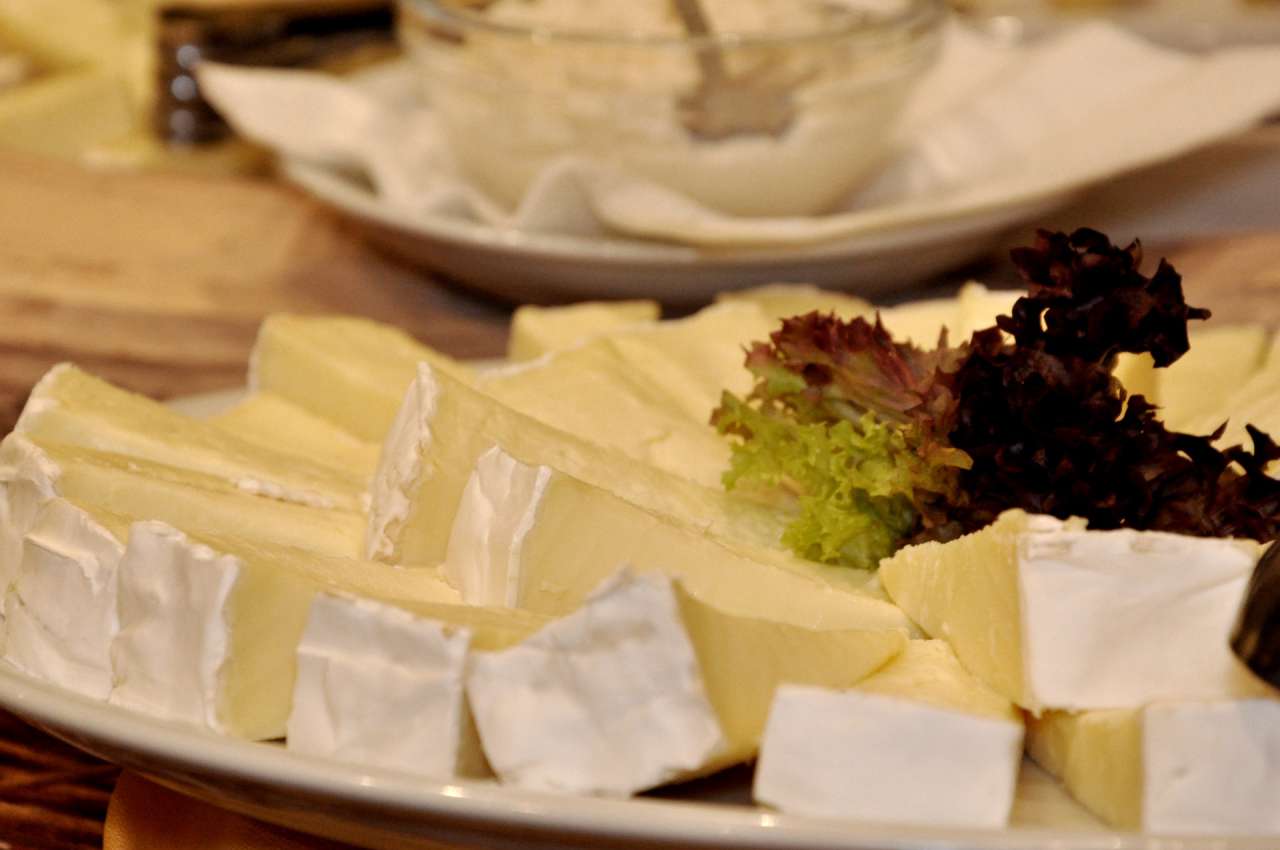
Young brie cheese has a sweet and salty creamy taste. Ripe cheese acquires sharpness, nutty and mushroom notes. The moldy crust has an ammonia aroma.
Benefits of brie cheese
Brie cheese contains many useful amino acids, protein, vitamins A, B and D. Like many dairy products, it contains such important elements as calcium, phosphorus and magnesium.
Some people also use it in cooking. Brie cheese is made from cow's milk and is high in fat and cholesterol. For this reason, it should be eaten in moderation. However, brie is also a good source of protein, calcium, and vitamins A and B12.
How to eat brie cheese
Brie is served after holding it in a warm place or slightly heated in the oven: the flesh will melt slightly - the taste and aroma will reveal more fully. It is customary to eat a soft product with a spoon, picking up the pulp and leaving a crust. You can also eat a mold crust, you even need it, because it contains many useful substances.









